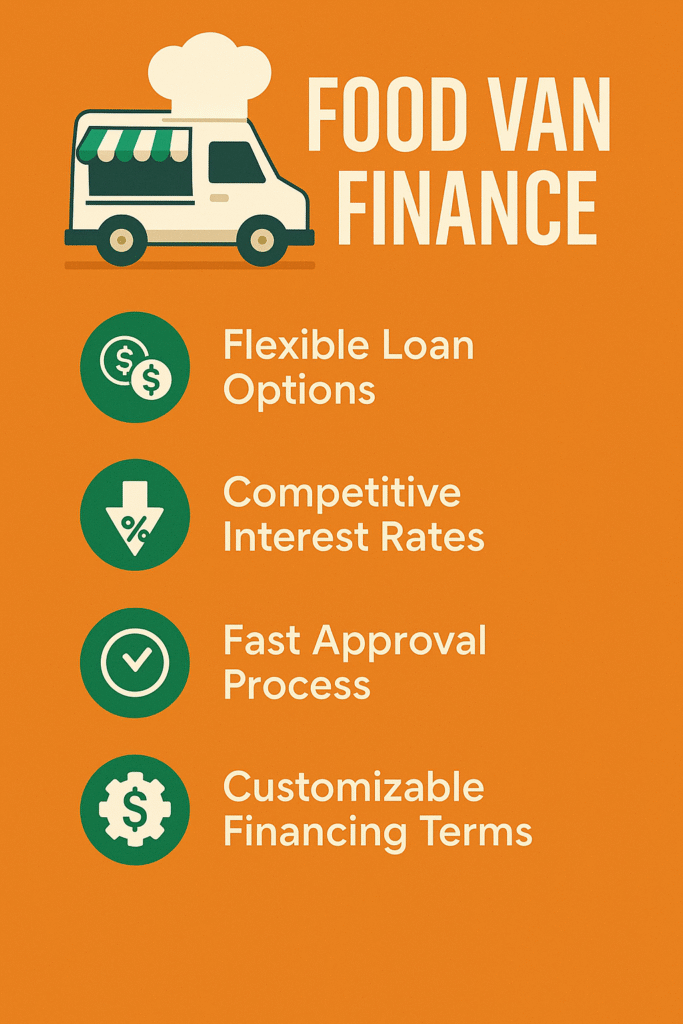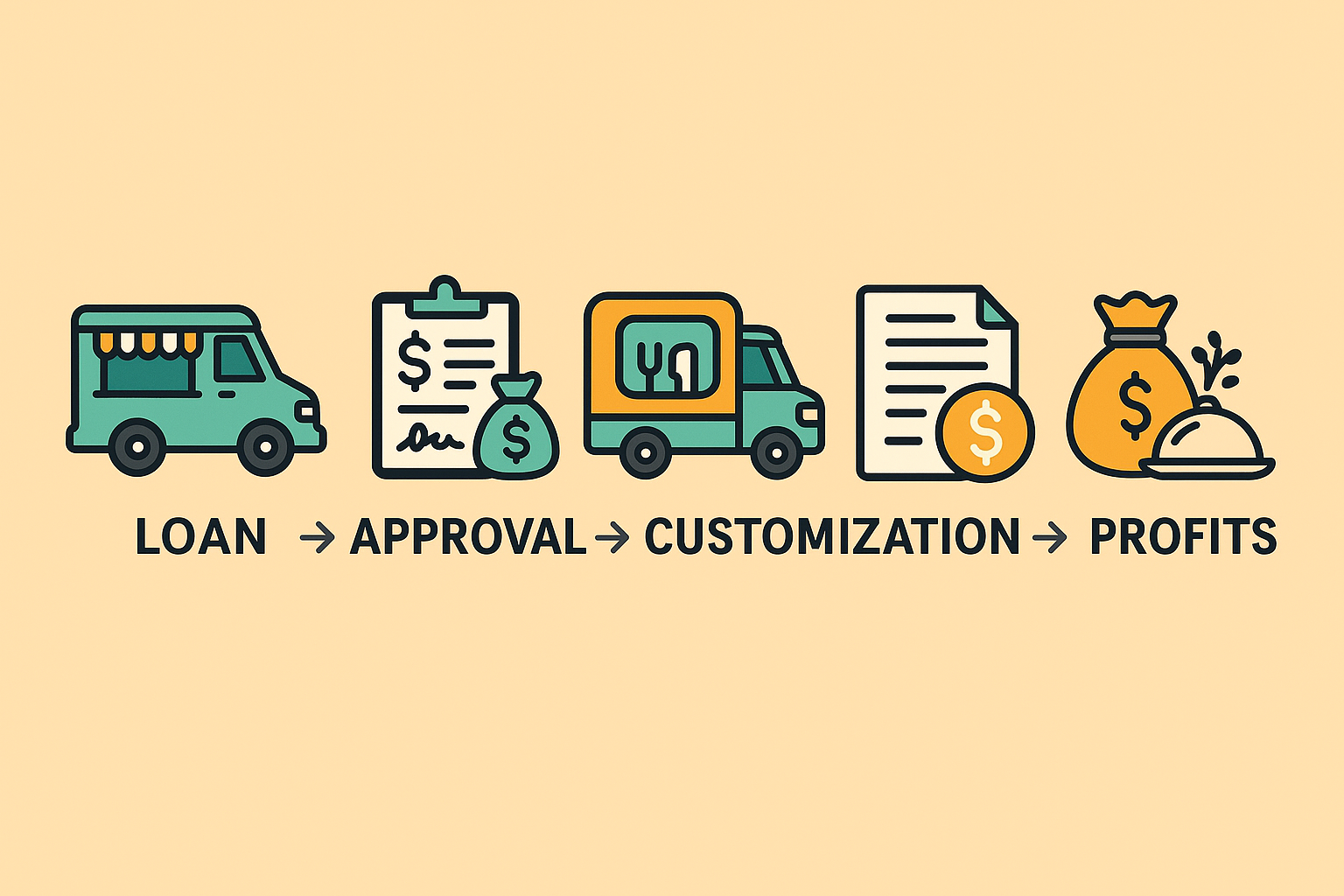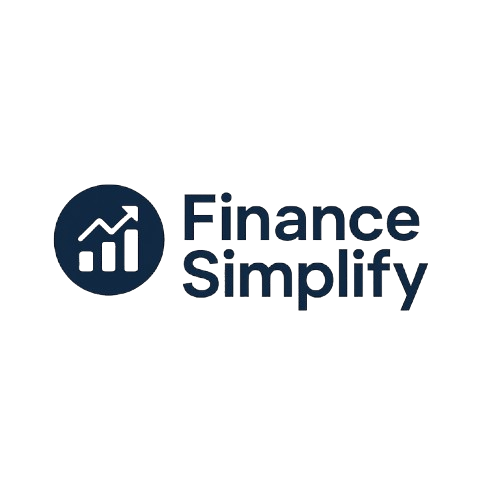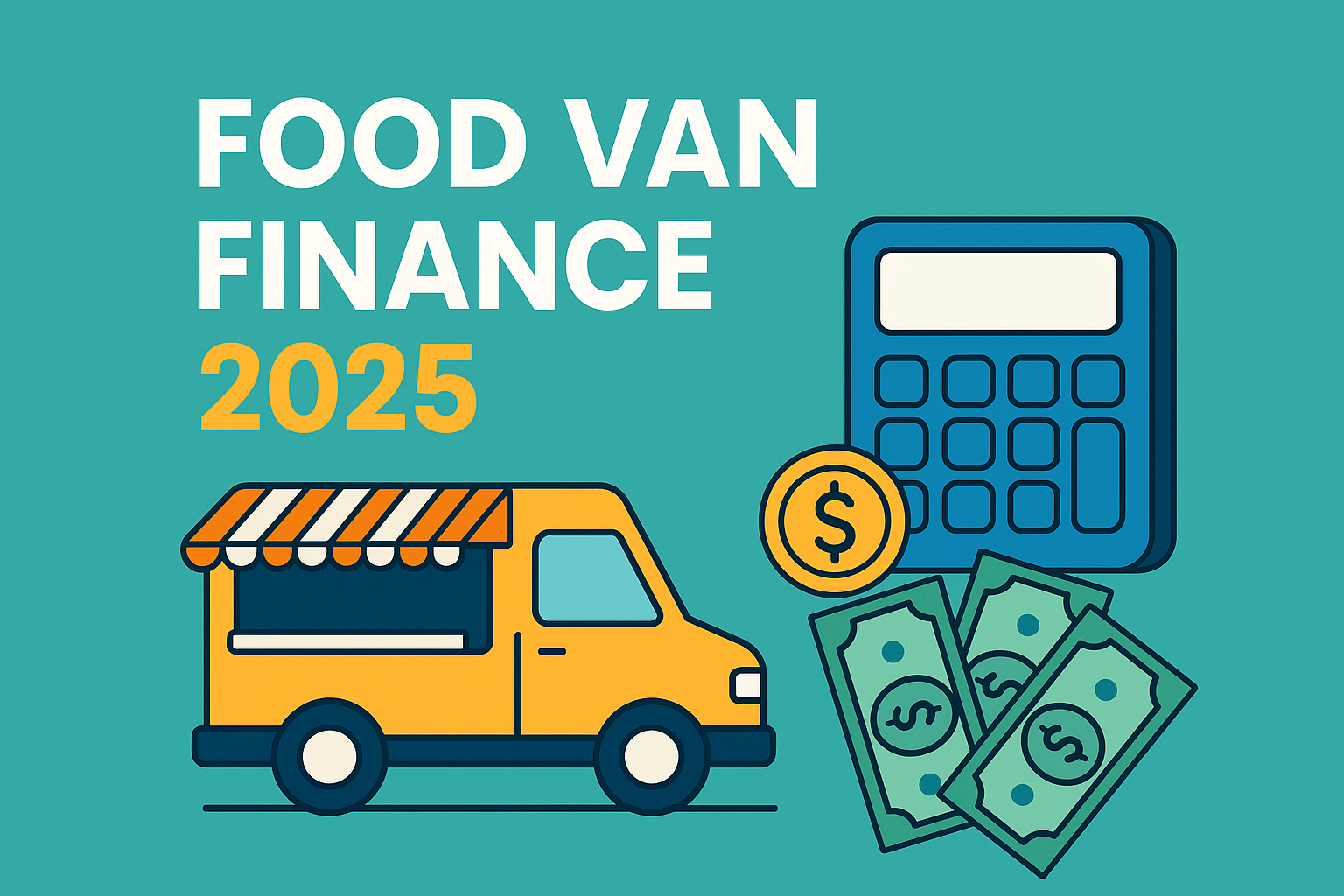Introduction to Food Van Finance
Food trucks and vans have blown up in the last few years—part hustle, part community, part great food without the white tablecloths. Lower overhead than a brick-and-mortar? Usually. But the upfront spend still stings. You’re not just buying a vehicle; you’re building a tiny restaurant on wheels: kitchen fit-out, ventilation, power, permits, POS, wrap… it piles on fast.
That’s where food van finance earns its keep. Instead of swallowing the whole cost on day one, you spread it out—turning a scary capital expense into predictable monthly payments. Cash flow stays calmer. You focus on recipes, routes, and customers, not just invoices.
In this guide (fresh for 2025), we’ll lay out the essentials: the funding paths that actually work for mobile kitchens, how to use a finance calculator without getting lost in the numbers, proven tips to boost approval odds, and a practical budgeting plan so you stay profitable once the wheels start turning. Real steps, plain talk, fewer surprises.
👉 Related Read: If you’re planning larger investments, learn how to Calculate HELOC Payment Easily.
What Is Food Van Finance?
Food van finance is the umbrella term for how you fund the rig—loans, leases, and other capital that let you buy or upgrade a truck or van. Think auto-loan DNA, but built for a business.
Unlike a standard car note, these options are tailored to cover the whole mobile kitchen: the vehicle plus the equipment, custom build-out, generator, wrap, even the little installs that nickel-and-dime you. The goal is simple—spread the upfront hit into manageable payments so you can get rolling and stay liquid.
According to Investopedia, business financing allows owners to spread the cost of expensive purchases over time, freeing up working capital for marketing, supplies, and payroll.
Why Consider Food Van Finance?
Lower upfront hit
A custom build can run $50k–$100k. Financing spreads that over months or years—so you launch without draining every dollar. Less cash pain. More runway.
Flexibility that fits your cash flow
Pick what matches your seasonality: loan, lease, or rent-to-own. Short term for faster equity, longer term for smaller payments. Your call.
Build real business credit
On-time payments do double duty—keep the truck rolling and strengthen your business credit profile, opening doors to better rates and bigger lines later.
Room to grow (not just the van)
Wrap the whole setup into the deal: kitchen equipment, generators, ventilation, POS, even the wrap. Start working day one, not day “once we save up.”

Factors That Affect Food Van Financing
Credit score
Higher score, lower rate—simple as that. Strong credit signals low risk, which buys you cheaper money and smoother approvals.
Business revenue
Lenders want proof the truck can pay for itself. Expect requests for bank statements, POS reports, or tax returns to show steady cash coming in.
Down payment
Plan on 10–20% down. More upfront usually means smaller monthly payments, better terms, and fewer lender nerves.
Type of food van
Newer, low-mileage builds (with reputable upfitters and warranties) tend to score better rates and longer terms than older rigs with uncertain histories. Stability counts.
Types of Food Van Finance Options
1. Business Loans
Your classic bank or credit-union term loan. Funds can cover the whole build—van + kitchen + wrap—often at a fixed rate. You’ll need solid credit and clean books. Best if you want to own the asset outright and keep things simple.
2. Equipment Financing
Purpose-built for gear: grills, fridges, hoods, generators, POS. The equipment itself is the collateral, which can make approval faster and friendlier. Pro tip: this usually doesn’t cover the chassis/van, so pair it with another product if needed.
3. Leasing
Don’t buy—use. Lower upfront cost, predictable payments, and sometimes maintenance baked in. Great if you care about cash flow or want the option to upgrade later. Trade-off: you build less equity, and watch for mileage/usage clauses and end-of-lease buyouts.
4. SBA Loans
Backed by the U.S. Small Business Administration, these can offer lower rates and longer terms than many conventional loans. Good fit if you need a gentler payment and extra runway. The catch: more paperwork, a bit slower to close. Worth it, often.
Backed by the U.S. Small Business Administration, these can offer lower rates and longer terms than many conventional loans. Good fit if you need a gentler payment and extra runway. The catch: more paperwork, a bit slower to close. Worth it, often.
How to Use a Food Van Finance Calculator
A food van finance calculator is a simple web tool that turns three inputs into a payment you can plan around:
- Loan amount (e.g., $75,000)
- Interest rate (e.g., 6%)
- Loan term (e.g., 5 years)
👉 Example: Finance $75,000 at 6% over 5 years (60 months) and you’re looking at about $1,449 per month. Over the term, that’s roughly $86,940 total, so around $11,940 of that is interest.
Tips to Secure Food Van Finance Approval
Improve credit before you apply.
Pay down revolving balances, fix report errors, and avoid new hard pulls for a bit. Under ~30% utilization looks far better than 78%. Small tweaks, big rate differences.
Bring a real business plan.
Menu, pricing, target neighborhoods, seasonality, daily ticket estimates, COGS, and a 12-month cash-flow. Lenders don’t fund vibes—they fund numbers that add up.
Shop around (properly).
Compare more than APR: term length, fees (origination, docs), prepayment rules, and whether the loan is secured. Get quotes in writing so you’re not comparing memories.
Budget Realistically
Many lenders want security: the van, equipment, maybe a personal guarantee. Collateral can win better terms, but make sure the downside fits your risk tolerance.

FAQs About Food Van Finance
Q1: How much does a food van cost?
Ballpark $50,000–$150,000, depending on the chassis, kitchen build, power setup, and how wild you go on customization. A used step van with a light retrofit sits on the low end; a new, fully bespoke build lands higher.
Q2: Can I finance equipment separately?
Yes. Equipment loans for grills, refrigeration, hoods, generators, and POS are common. The gear often serves as collateral, and you can pair this with a separate vehicle loan if needed.
Q3: What credit score do I need?
A 650+ score generally unlocks better rates and smoother approvals. If you’re under that, strong revenue and documentation (or SBA-backed options) can still keep the door open.
Q4: Is leasing better than financing?
Depends on the goal. Leasing usually means lower monthly payments and easier upgrades, but no ownership at term end. Financing builds equity and keeps the asset in your name once it’s paid off.
Q5: Can financing include branding costs?
Often, yes. Some lenders let you roll in “soft costs” like wraps and signage. Ask upfront—policies vary, and they may want quotes or invoices to include them.
Conclusion
Launching a mobile food business is a rush—the kind that keeps you sketching menus at midnight—but it still needs a sober plan. Food van finance turns that scary upfront hit into predictable payments, so you can roll out without draining your savings.
Know your options, actually run the calculator, and build a budget with cushion (permits, fuel, surprise repairs—there’s always one). Then choose the loan or lease that fits your cash flow and goals, not someone else’s template. Do that, and the dream moves from notebook doodle to a real service window. Now—go cook.


Leave a Reply